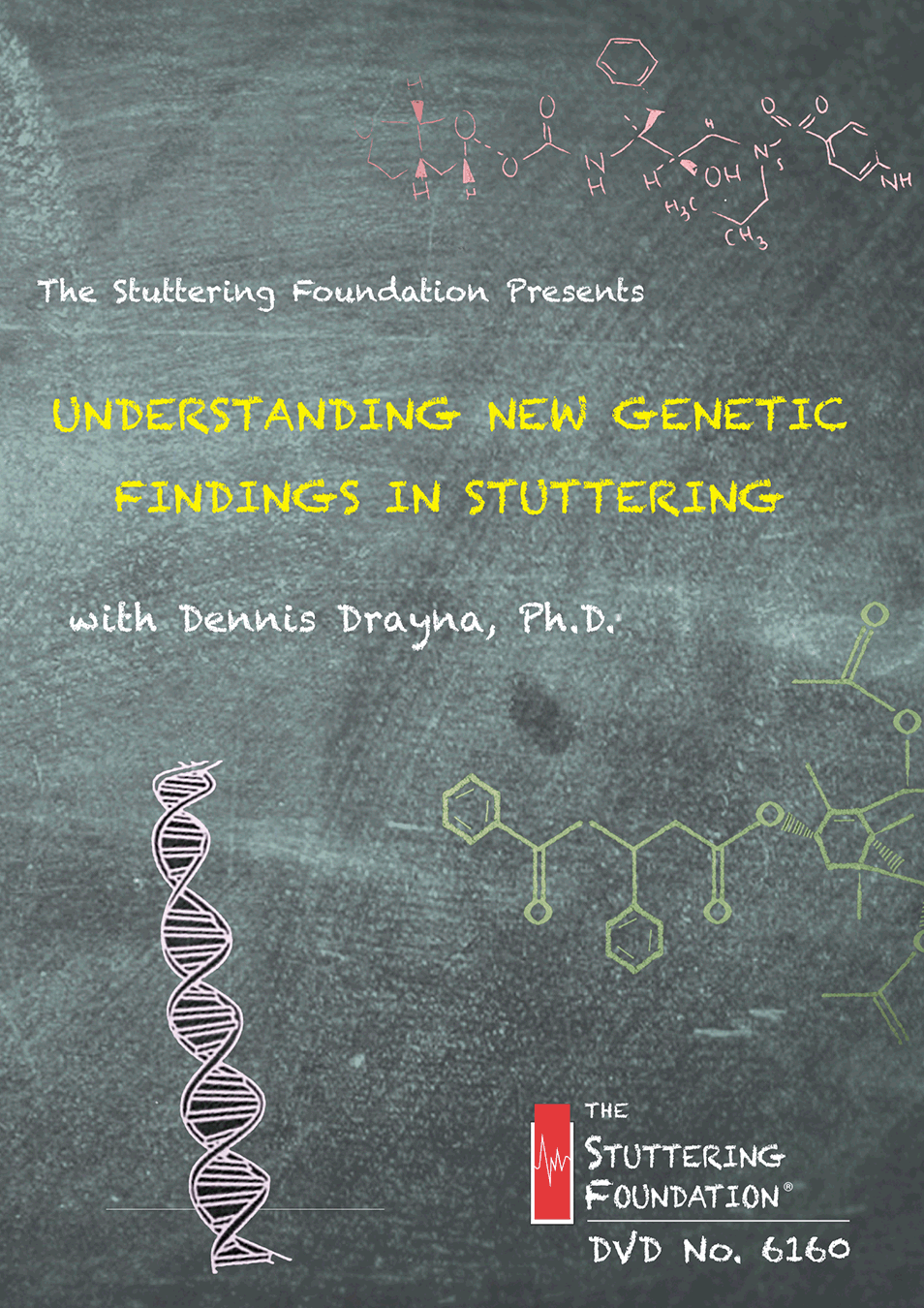
Are stuttering hereditary
Definition of Stuttering
Stuttering, often referred to as a speech disorder, manifests as disruptions in the flow of speech characterized by repeated sounds, prolongations, or blocks. Many individuals who stutter report feeling a rush of thoughts that they struggle to articulate smoothly. Imagine trying to share an exciting story with friends only to find your words caught in a web of interruption; that’s the daily reality for many.
Table of Contents
Overview of Hereditary Factors
Interestingly, research has illuminated the hereditary underpinnings of stuttering. It’s not just about environment or upbringing—genes play a crucial role. Here are a few key points to consider:
- Genetic Influence: Stuttering can run in families, suggesting a genetic predisposition.
- Sibling Studies: Children with siblings who stutter are more likely to experience similar challenges.
- Family History: Approximately 60% of individuals with a stutter have at least one family member who stutters.
Understanding these hereditary factors can be enlightening as we explore the broader landscape of stuttering.

Understanding Stuttering
Causes of Stuttering
Diving deeper into the causes of stuttering reveals a complex interplay of factors. While the exact reasons remain elusive, several contributing elements have been identified:
- Neurological Factors: Research suggests that the brains of individuals who stutter may process speech differently.
- Genetic Predisposition: Family history can significantly increase the likelihood of developing stuttering.
- Developmental Factors: Early childhood experiences, such as language acquisition and environmental stressors, can play a role.
Impact of Stuttering on Individuals
The impact of stuttering goes beyond mere speech difficulties; it can shape an individual’s emotional and social experiences. Many people who stutter report feeling anxious or self-conscious in social settings. For example:
- Social Interaction: They may avoid speaking situations, fearing judgment.
- Emotional Toll: Feelings of frustration and embarrassment can lead to low self-esteem.
- Professional Challenges: Many adults grapple with career opportunities stifled by their speech difficulties.
Recognizing these impacts can foster empathy and support for those navigating the complexities of stuttering.

Genetic Factors in Stuttering
Family Studies
Building upon our understanding of stuttering, let’s examine genetic factors that emerge from family studies. Numerous investigations have shown that stuttering can indeed run in families. For instance, if a parent or sibling stutters, children have a higher chance of experiencing similar speech challenges. Here are some key insights:
- Prevalence in Families: Approximately 50% of those who stutter have a family history of the condition.
- Pattern Recognition: Specific genetic markers have been traced in families where stuttering is prevalent.
This familial link indicates that genetics may contribute significantly to predisposition.
Twin Studies
Twin studies further enhance our understanding of these genetic factors. By comparing identical twins—who share nearly the same DNA—with fraternal twins, researchers can assess the heritability of stuttering. For example:
- Higher Concordance Rates: Identical twins show a higher concordance in stuttering than fraternal twins, suggesting a strong genetic component.
- Shared Environment vs. Genetics: These studies also help isolate environmental from genetic influences, providing a clearer picture of stuttering’s roots.
By exploring both family and twin studies, we uncover essential clues about the hereditary nature of stuttering, hinting at its genetic underpinnings.
Link Between Genetics and Stuttering
Genetic Mutations
As we delve into the genetic underpinnings of stuttering, it’s fascinating to discover how specific genetic mutations might play a role. Studies have identified certain genes that, when mutated, could affect speech processing. For instance:
- Homeobox Genes: These are crucial for brain development and have been linked to stuttering.
- Gene Variants: Variations in genes related to neural pathways may be associated with difficulties in fluency.
Understanding these mutations helps clarify why some individuals are more prone to stuttering than others.
Inheritance Patterns
Examining inheritance patterns further reveals how stuttering can be passed down through generations. Researchers note a few key observations:
- Autosomal Dominance: In many cases, stuttering seems to follow an autosomal dominant inheritance pattern, meaning if one parent has the condition, there’s a significant likelihood their child may stutter as well.
- Complex Trait: However, stuttering is not determined by a single gene; it likely involves multiple genetic factors working together.
These insights into genetic mutations and inheritance patterns deepen our understanding of stuttering’s biological roots, paving the way for more targeted research and potential interventions.

Research Findings on Stuttering Heredity
Recent Studies
Delving into recent studies on stuttering heredity reveals exciting advancements in our understanding of this speech disorder. For instance, researchers have been utilizing advanced genetic sequencing techniques to identify specific markers associated with stuttering. Some notable efforts include:
- Large Cohort Studies: These have looked at thousands of individuals, analyzing both genetic and environmental data.
- Cross-Disciplinary Research: Collaborations between geneticists and speech-language pathologists are shedding light on the complexities of stuttering.
This surge in research is helping refine our insights into genetic contributions.
Key Findings
The findings from these studies provide valuable information:
- Heritability Estimates: Studies suggest that heritability rates for stuttering could be as high as 60-80%.
- Gene Associations: Specific genes linked to brain function, such as the GNPTAB gene, have been identified as potential contributors.
With these key findings, we are not only unraveling the genetic tapestry behind stuttering but also moving closer to strategies for effective intervention and support.

Genetic Counseling for Stuttering
Importance of Genetic Counseling
As we continue to uncover the hereditary aspects of stuttering, the role of genetic counseling becomes increasingly vital. Genetic counselors can provide essential support for families navigating the complexities of this speech disorder. Here’s why genetic counseling is important:
- Understanding Risks: Counselors can explain how family history may influence the likelihood of a child developing stuttering.
- Emotional Support: Families can address their concerns and fears, helping to create a supportive environment for affected individuals.
Counseling equips families with knowledge, empowering them to make informed decisions.
Available Resources
Fortunately, many resources exist for those seeking genetic counseling:
- Speech-Language Pathology Clinics: Many clinics offer integrated services, connecting speech therapy with genetic counseling.
- Support Groups: Online forums and local support groups can provide community and shared experiences.
- Professional Organizations: Groups like the Stuttering Foundation and the National Stuttering Association offer resources for individuals and families.
Utilizing these resources can help families navigate the journey of understanding and addressing stuttering more effectively, fostering resilience and awareness.

Future Perspectives on Stuttering Research
Advancements in Genetic Research
As we shift towards the future of stuttering research, advancements in genetic research promise to revolutionize our understanding of this speech disorder. With cutting-edge techniques such as genome-wide association studies (GWAS), researchers can now identify genetic variations associated with stuttering more accurately. Some key points to consider include:
- Increased Precision: A focus on specific genes opens up possibilities for targeted interventions.
- Interdisciplinary Collaboration: Partnerships across fields, from neurology to genetics, enhance the depth of inquiry into stuttering.
These advancements pave the way for more personalized approaches in managing stuttering.
Potential Therapeutic Targets
As we uncover genetic links, potential therapeutic targets come into sharper focus. Imagine a future where specific treatments are tailored to an individual’s genetic makeup! Areas of interest include:
- Gene Therapy: Exploring modifications in gene expression could offer new avenues for treatment.
- Pharmacological Interventions: Medications targeting neurotransmitters linked to speech production show promise.
The horizon of stuttering research is bright, with the potential to dramatically change treatment options and improve quality of life for those affected by stuttering.
Conclusion
Summary of Genetic Influences
Reflecting on our exploration of stuttering, it’s clear that genetic influences play a substantial role in this intricate disorder. From family studies to genetic mutations, we’ve seen how hereditary factors contribute to stuttering. Notably:
- Familial Patterns: There’s a notable trend of stuttering occurring in families, indicating a genetic link.
- Specific Gene Associations: Identifying particular genes related to stuttering enhances our understanding of this complex behavior.
In essence, genetics undeniably shapes the landscape of stuttering.
Implications for Treatment and Prevention
Given these genetic insights, the implications for treatment and prevention are profound. By recognizing the genetic underpinnings, we can:
- Develop Targeted Therapies: Tailoring intervention strategies based on genetic profiles can lead to more effective treatments.
- Enhance Early Interventions: Understanding predispositions allows for earlier support, possibly preventing the escalation of stuttering in children.
In summary, as we continue to unravel the genetic tapestry of stuttering, we stand on the brink of exciting advancements that could transform lives by improving treatment options and understanding.